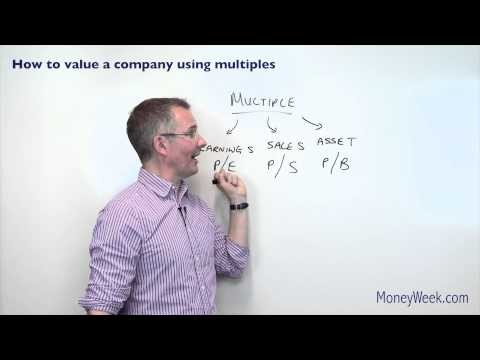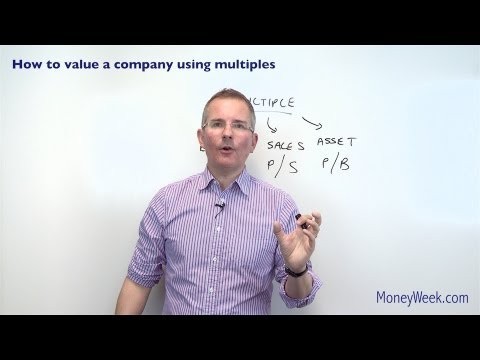How To Value A Company; The Lazy Investors Guide
Post on: 23 Май, 2015 No Comment

During my search for a way to start investing I stopped at book value.
I discovered that Ben Graham. Warren Buffett and Walter Schloss used book value to value businesses. Thus The Shares And Stock Markets Blog was born.
I also discovered that some professional money managers employ a strategy of purchasing shares and stocks in companies that sell below their book value.
Once I knew how to calculate book value. I began the process of investment .
Todays post will show you how you can to.
What Is Book Value?
Book value can mean different things to different people. For example, book value on the investopedia website at the time of writing has three definitions of book value.
As an investor, the only definition I am interested in is definition number two:
“(Book value is) the net asset value of a company, calculated by total assets minus intangible assets (patents, goodwill) and liabilities.”
Book value is calculated from the balance sheet . The balance sheet is one of three sets of financial statements that investors review as part of the analysis process before making an investment.
The two remaining financial statements are the cashflow statement and the income statement .
Sign up here to receive more stock markets tutorials:
How to calculate book value
From the above balance sheet for the period ended 25th February 2012, Tesco’s total assets equals £50,781 million. This is made up of non-current assets of £37,918,000 and current assets of £12,863,000. Do not worry about what current assets and non-current assets are for now, we will look at this is a later post.
Intangible Assets
This is referred to as ‘Goodwill and other intangible assets’ on the Tesco balance sheet and is £4,618,000. Sometimes on balance sheets, companies will list goodwill on one line and intangibles on another line.
Total Liabilities
Current liabilities £19,180,000 and £69,000 plus non-current liabilities of £13,731,000 equals £32,980,000 .
Rewritten, Tescos book value on 25th February 2012 is £50,781,000 minus £4,618,000 minus £32,980,000 equals £13,183 million .

The lazy investors way of calculating book value is to find the total equity figure (or total stockholders equity for the US balance sheets) found right at the bottom of the balance sheet.
Take away goodwill and other intangibles which are found at the top of the balance sheet under non-current assets.
Using either the shorthand or longhand method will get you to the same valuation.
Here are a few points to consider:
- always use the latest set of accounts to calculate book value (companies update and publish their accounts throughout the year. In the US its every three months, in the UK its every six months) US companies listed in London will usually update their accounts every three months.
- always use the ‘consolidated’ or the ‘group’ balance sheet. These are the most complete and finalised set of accounts.
- remember that book value is only one measure of value. but is is a very good one. There are several others steps to a company valuation before an informed investment decision can be made. Book value is what I look at first .
- This method of calculating book value strips out intangible assets which is why it is sometimes referred to tangible book value ; accountants and even some investors love jargon
- Some websites will screen shares based on their version of book value, which can save time and provide a list of companies to do further analysis on. But always check and calculate book value from the companys balance sheet before making an investment decision; never rely on third party data for company valuations, no matter what their advertising literature says about how accurate their data is.
Why is it called book value?
In simple terms, book value means the value shown on the books or in this case the balance sheet. As investors, we need a sense of the value of a company from a reliable source independent from the stock market which often misprices companies in relation to their book value.
If you can buy stocks and shares of companies that are selling below their book value . then you will be following in the footsteps of Ben Graham. Warren Buffett and Walter Schloss.
Thanks for reading The Shares And Stock Markets Blog and good luck with your investments
3A%2F%2F1.gravatar.com%2Favatar%2Fad516503a11cd5ca435acc9bb6523536%3Fs%3D80&r=G /%














